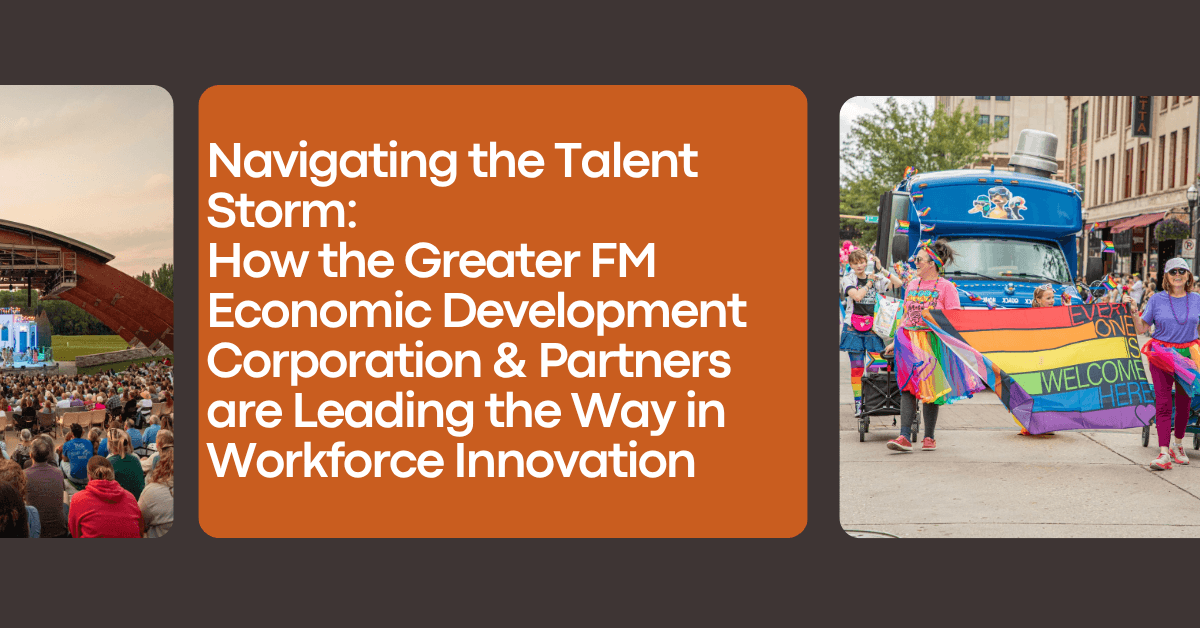The Greater Fargo Moorhead Region has Proven Its Ability to Attract Talent
The GFMEDC spends a good deal of time furthering our capabilities to provide useful data and analytics for decision-making.
You can check out our new website to see robust sets of data we provide regional companies to aid in their growth.
A frequent request is data comparing our region to others so that “apples-to-apples” analysis can be completed.
A recent example shows a nice sampling of what we are asked to provide and gives some information about our region that you can share.
For about a year, the GFMEDC has served as one of the leads pursuing a $160 million National Science Foundation (NSF) grant focused on the AgTech sector. This is an exciting opportunity!
With the leadership of NDSU, Grand Farm, The FMWF Chamber and many others, we were able to pass the first phase and recently participated in a virtual site visit by the NSF review team.
The review team asked how we are going to recruit the type of talent to our region to support building out an even more robust AgTech ecosystem.
The underlying assumption in their question was that they thought a market such as Fargo, located in a more rural area of the country, must be challenged with recruiting people.
We dug into the numbers and shared the following information:
- The Greater Fargo MSA had job growth rate (23%) three times the national average (8%) over the past 15 years. It is a misnomer to think that we aren’t able to recruit people to this region, when in fact, we have done it much better than many regions in the country.
- The Fargo metro is the 192 most populated metro in the country, which puts us at 50% of all metros. Again, people try to equate us to the state of North Dakota’s small population (ranked 4th smallest), but our metro is right in the middle of the pack in terms of population. Also, we rank 72nd (19th percentile) out of all 384 metros in terms of the diversity of our economy. Why this is important in the context of this grant is that we have numerous industries with cross-cutting occupations that also support the AgTech sector, and this helps us with attraction of workforce and families with dual incomes where one of those individuals can work in AgTech.
- Based on American Community Survey five-year estimates, more than 16,500 people (6.8%) moved to the Fargo MSA from out of state and abroad. Compared to other metros of similar and larger sizes in the Midwest, geographic mobility to the region is promising. The following is a sampling of other Midwest metros during that same time period:
- Des Moines, IA MSA: 2.6%
- Davenport, IA MSA: 2.9%
- Sioux Falls, SD MSA: 3.6%
- Minneapolis, MN MSA: 2.3%
- Cedar Rapids, IA MSA: 2.1%
- Omaha, NE MSA: 3.2%
The Fargo MSA has proven its ability to attract new people, and with more concerted efforts on workforce attraction, we should be able to continue to do so.


